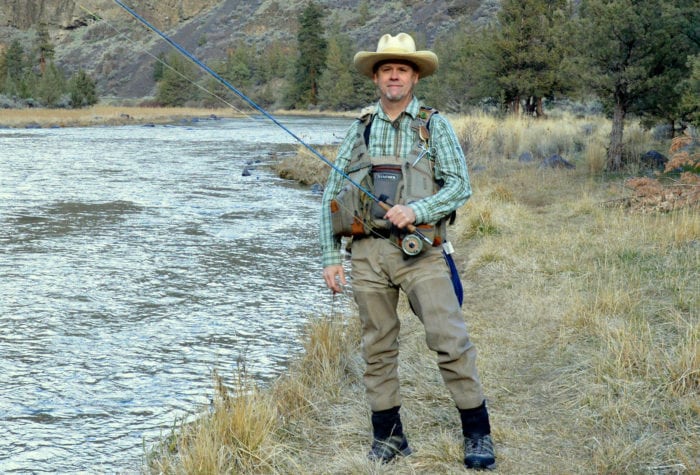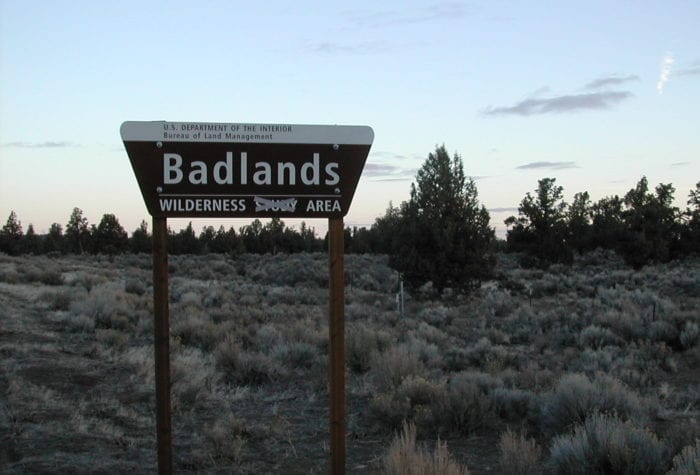Senator Ron Wyden is looking to add more Wild & Scenic Rivers to Oregon’s legacy of protected waterways and you have the chance to conserve 825 miles of desert rivers with your gift today. Stand up for Whychus Creek, the Chewaucan River, and the North Fork John Day River. Stand up for free-flowing streams, resilient in the face of climate change, which allow for thriving wildlife habitat and boundless recreation opportunities. Stand up to amplify the voices of thousands of advocates who want to see these places protected, forever.
Protect 825 miles of desert rivers with your gift
All gifts made on August 31st will be matched!
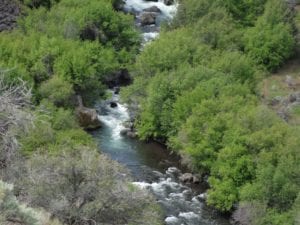
WHYCHUS CREEK
Your gift today will conserve 10 miles of Whychus Creek, which will conserve cultural sites from generations of habitation, as Whychus Creek is a gathering place for Indigenous Chinookan, Sahaptin, Northern Paiute and Molala peoples.
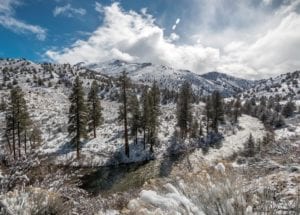
CHEWAUCAN RIVER
Your donation today will also protect 23 miles of the Chewaucan River, home to wild redband trout, mule deer, American pika and birds including migratory Olive-sided Flycatchers and year-round Lewis’ Woodpecker.
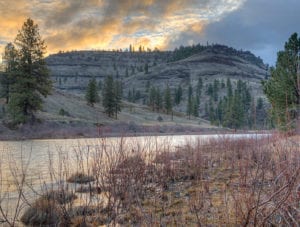
NORTH FORK JOHN DAY RIVER
Your gift will also protect 40 miles of the North Fork John Day River, described by the Bureau of Land Management as flowing through, “some of the finest scenery in Oregon.”
These rivers and many others across Oregon’s high desert will be protected in legislation this year, with your support. Thank you for standing up for the unique cultural, fish and wildlife, and scenic values of desert rivers.
